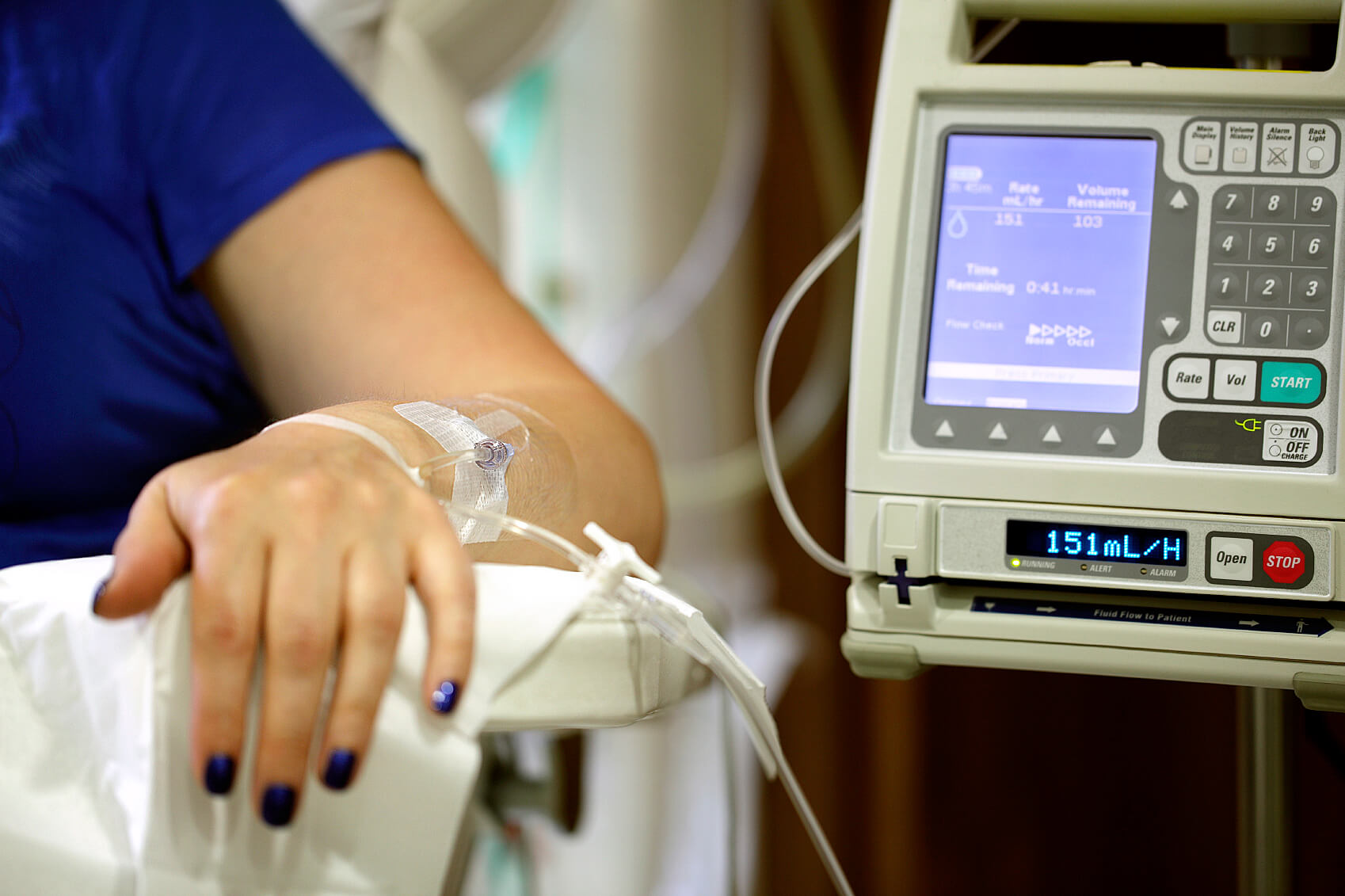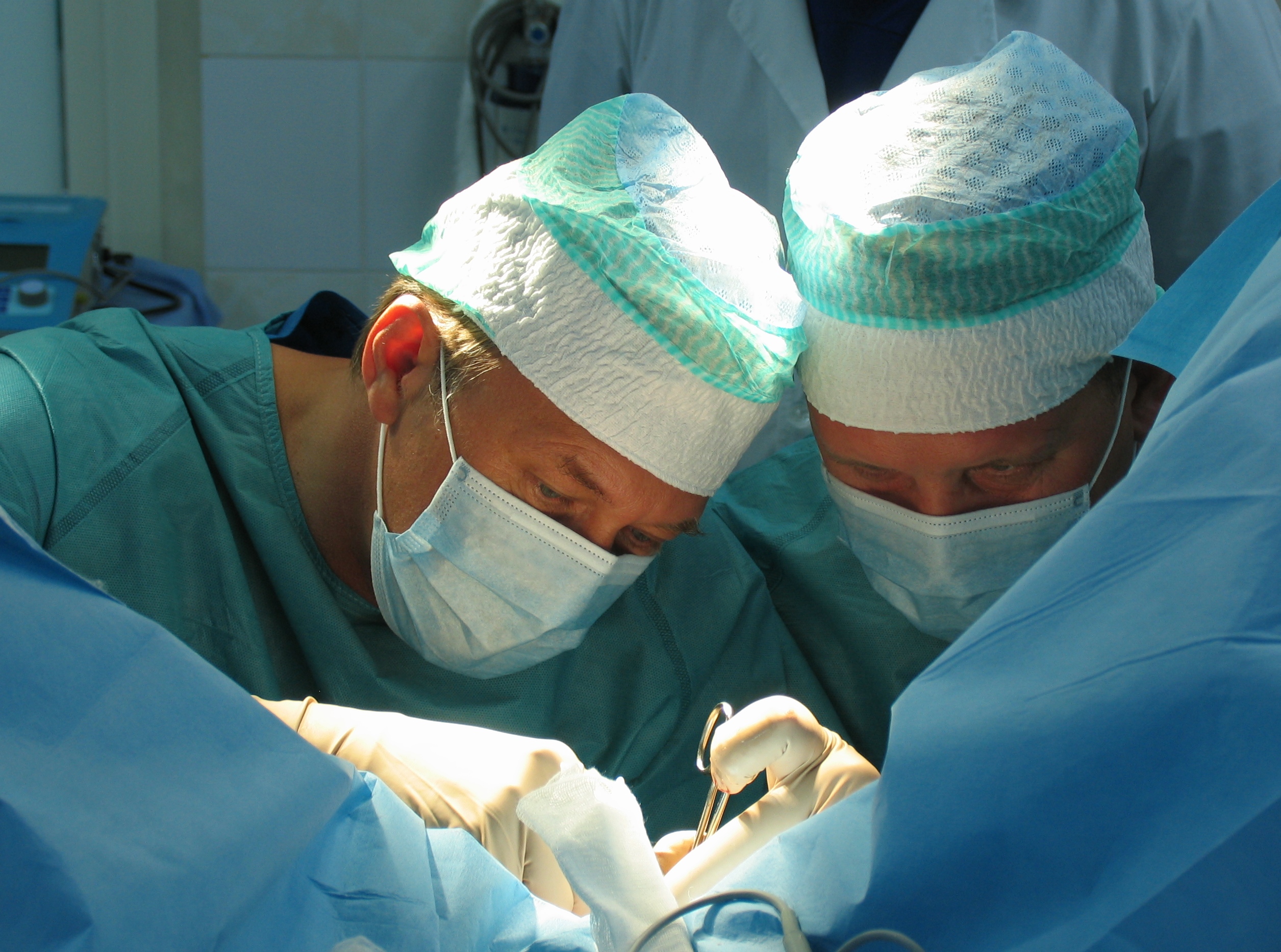Treatment methods

Chemotherapy may be used for malignant forms of bronchial adenoma or in cases of metastasis to other parts of the body. It is a systemic treatment that involves the use of drugs that destroy cancer cells or slow their growth.

A surgeon may perform surgery to remove the tumor from the bronchus. If the tumor is small and in an accessible location, surgery can be successful and promote a complete cure. Surgery can be performed either open (thoracotomy) or using minimally invasive techniques (laparoscopic bronchoscopy).
Radiation therapy may be used as an adjunctive treatment, especially if the tumor cannot be completely removed surgically. It involves the use of high-energy rays to destroy cancer cells. Radiotherapy may be given before or after surgery or in combination with chemotherapy.
Prolonged exposure to radiation, such as radon or X-rays, can increase the risk of developing lung tumors, including bronchial adenoma. Tobacco smoking is considered one of the risk factors for developing bronchial adenoma.
Diagnostic measures include several key techniques and procedures that help determine the presence of a tumor in the bronchi and evaluate its characteristics. It is important to note that accurate diagnosis of bronchial adenoma requires a comprehensive approach and the cooperation of specialists such as pulmonologists, oncologists and radiologists.
Diagnosis at MDI Clinic
Radiological examination can show the presence of a tumor in the lungs and its localization. However, X-rays are not always able to detect small tumors or provide detailed information about their characteristics.
CT scans are a more accurate method of diagnosing bronchial adenoma. It provides more detailed images of the lungs and tumor, determining their size, shape, and location. CT scans can also help rule out or confirm the presence of metastases in other parts of the body.
The bronchoscope allows the doctor to visually examine the bronchi, detect the presence of tumors and, if necessary, take a biopsy (tissue sample) for further analysis. Bronchoscopy is an important technique to confirm the diagnosis of bronchial adenoma.
In some cases, a PET scan can be used to determine tumor activity and assess tumor metastasis. Determining blood levels of certain tumor markers, such as carcinoembryonic antigen (CEA) and neuro-specific enolase (NSE), can be useful for monitoring and further evaluation of the condition.
Once a tumor is detected by bronchoscopy, a biopsy may be taken for further analysis. Biopsy allows to determine the nature of the tumor (benign or malignant) and perform histological examination.
The best doctors in Israel
All doctorsPrice
How we are working
-
StepSubmitting an application

Simply leave a request or contact us at the numbers in the contact tab.
-
StepTalking to a counselor

You will be contacted by our consultant shortly after submitting your application. After the interview and review of the medical history, he will proceed to prepare a treatment program.
-
StepProgram preparation

Our specialists will draw up a personalized program, including a diagnosis and treatment schedule, the names and positions of the doctors, and the cost of treatment.
-
StepTravel arrangements

The coordinator will plan and organize the trip in every detail – from advice on preparing documents, to purchasing tickets, booking accommodation and even organizing excursions.
-
StepTreatment

Our staff will provide patient support throughout the diagnosis, treatment and rehabilitation period.

Форма обратной связи
"*" indicates required fields




















